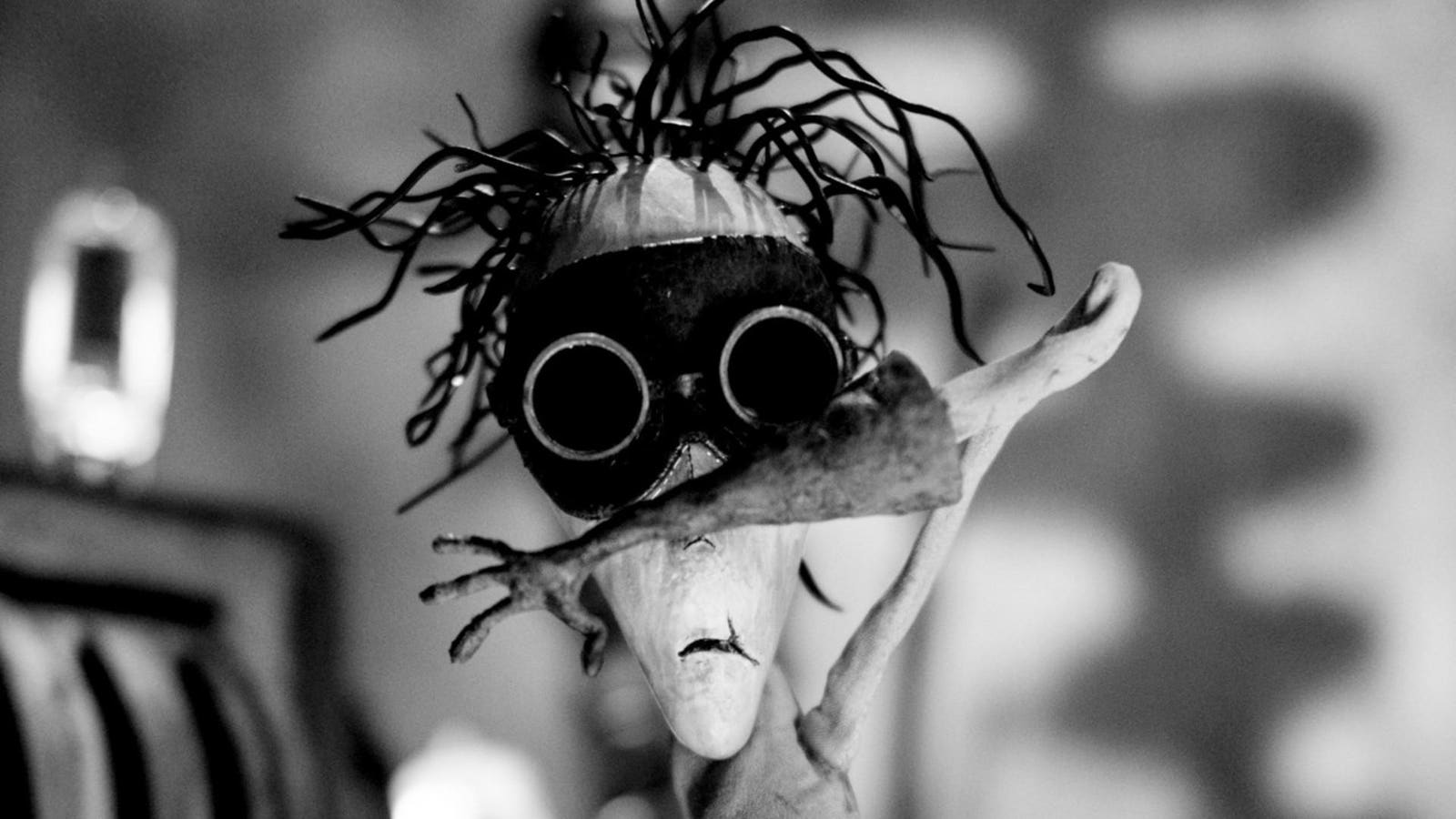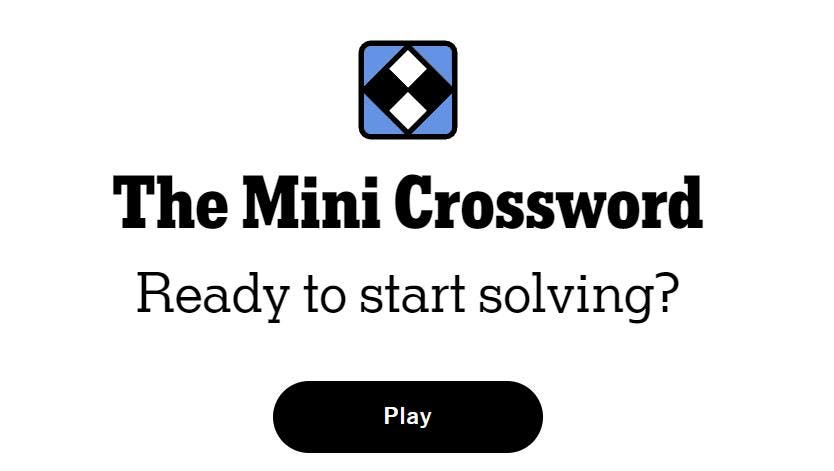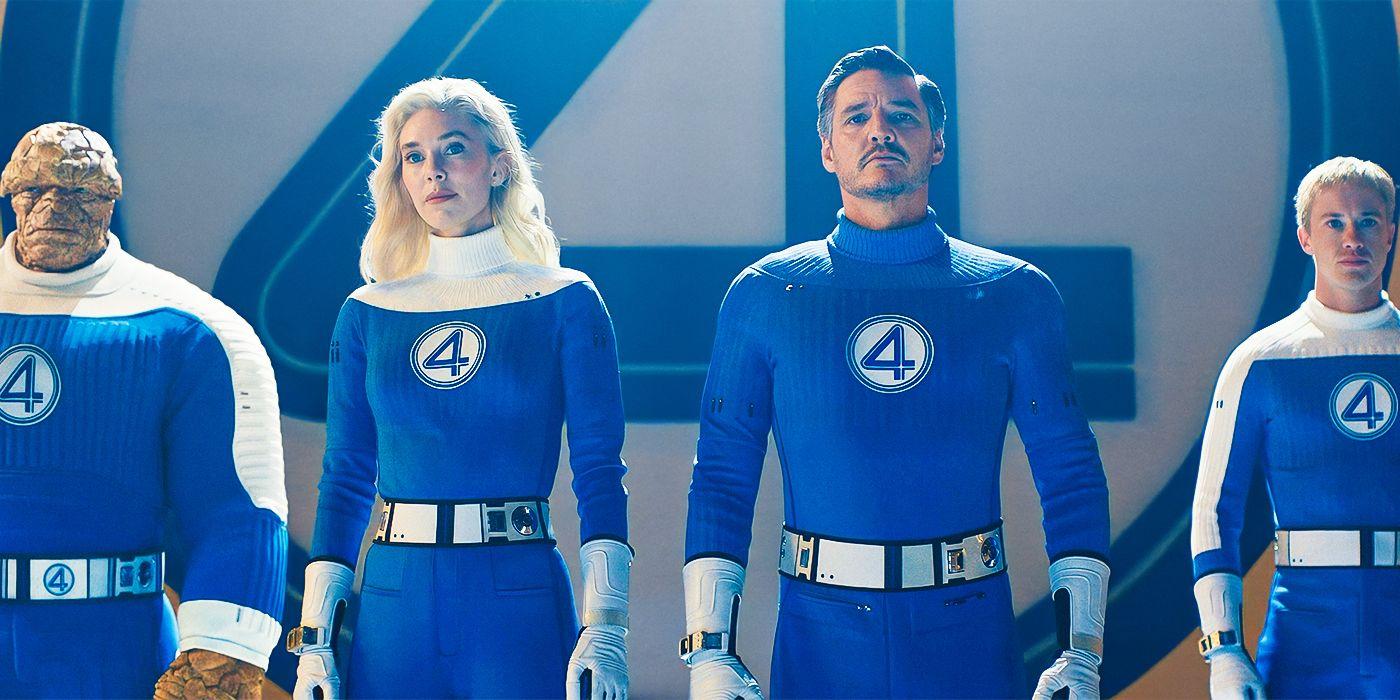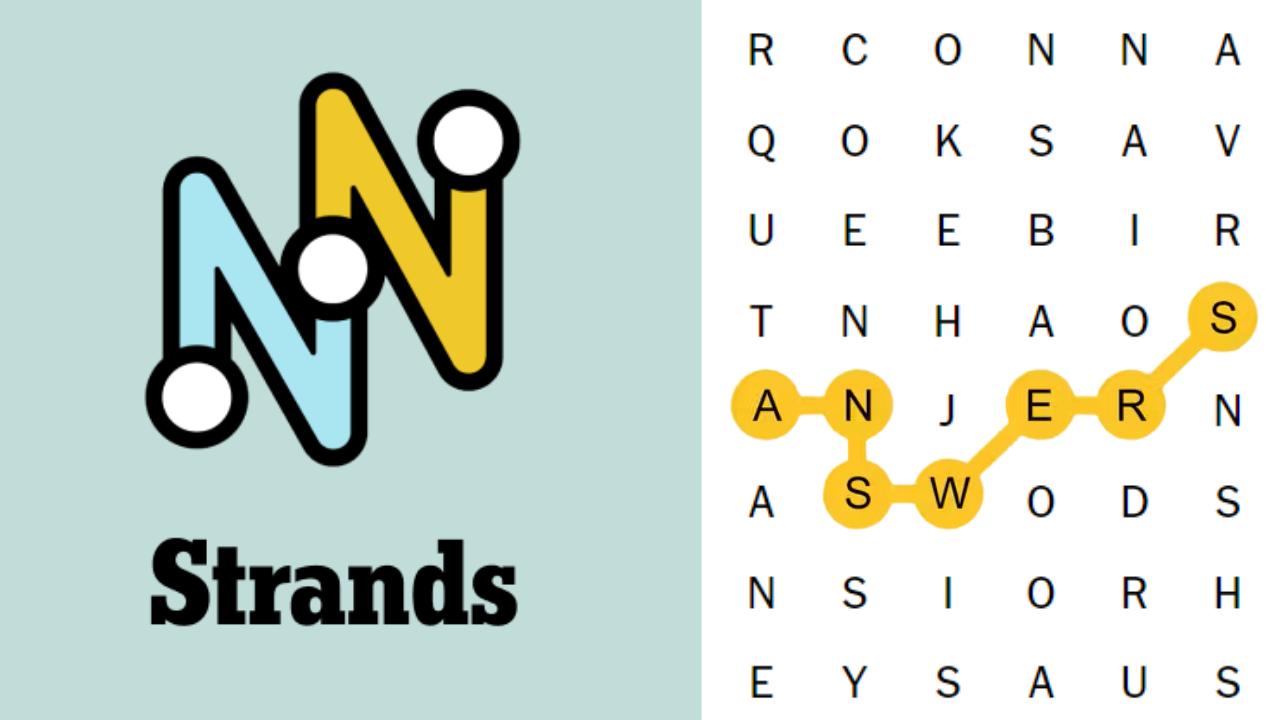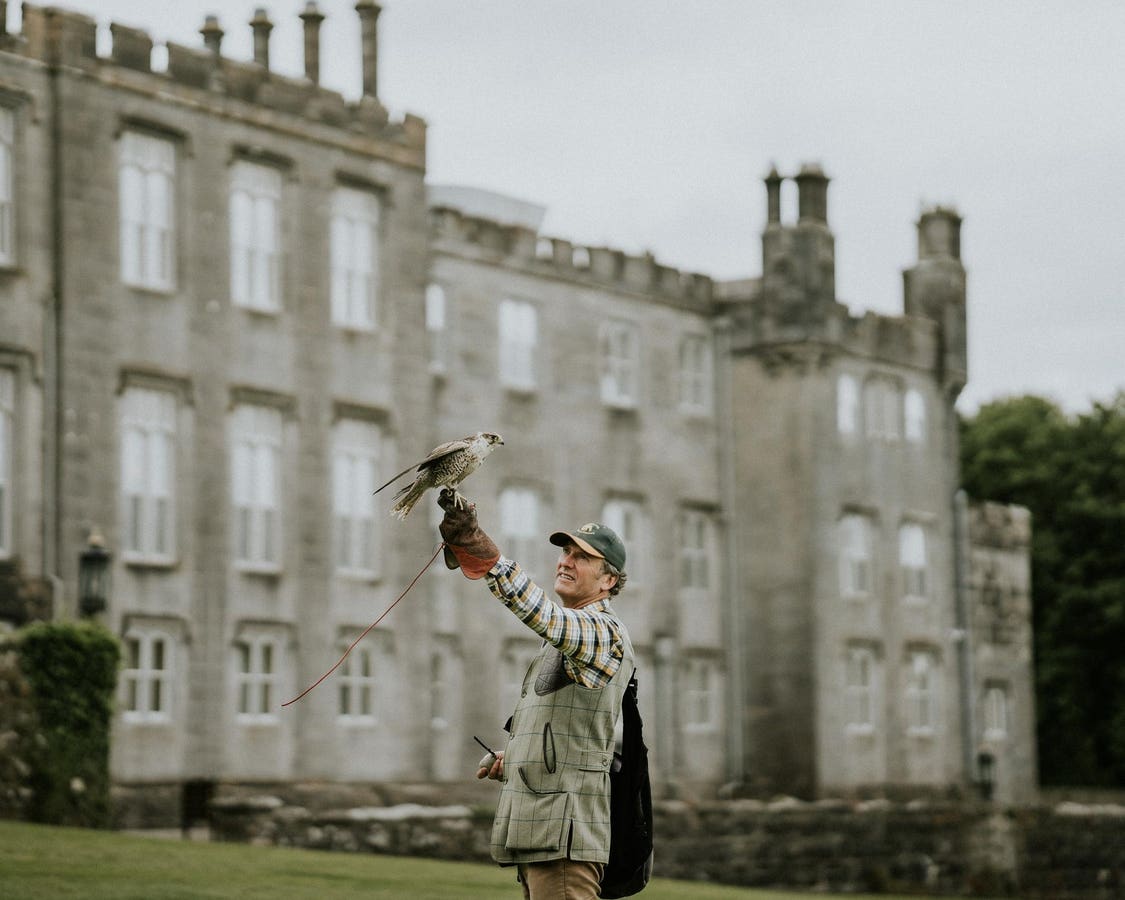The Clockwork Boy from “The Tale of the Skull Tree” stop-motion sequence from “Wednesday” Season 2 Episode 1.
Netflix/Mackinnon & Saunders/Justin Noë and Malcolm Hadley
Netflix’s Wednesday Season 2 — once again featuring the direction of Tim Burton — has something new in store for viewers this season that harkens the work of the iconic filmmaker’s stop-motion animated past with acclaimed film and television artisans Ian Mackinnon and Peter Saunders.
Created by Alfred Gough and Miles Millar and starring Jenna Ortega in the title role, Part 1 of Wednesday’s second season premiered on the streaming platform on Aug. 6. Wednesday Season 2 marks the third consecutive collaboration between Burton, Gough and Millar, who co-penned the screenplay and executive produced Beetlejuice Beetlejuice between the production of Wednesday Seasons 1 and 2.
Wednesday’s stop-motion sequence takes place about a half-hour into Episode 1 of the new season, when Ajax (Georgie Farmer) tells new Nevermore Academy students in Caliban Hall — including Pugsley Addams (Isaac Ordonez) — the urban legend of The Tale of the Skull Tree.
Told in Burtonesque, black-and-white stop-motion animation, the sequence recounts how a “brilliant boy with a fragile heart” designs a clockwork ticker that will be transplanted into his chest.
Mackinnon & Saunders co-founder Ian Mackinnon displaying some of the puppets and props from “The Tale of the Skull Tree” stop-motion sequence from “Wednesday” Season 2 Episode 1.
Netflix/Mackinnon & Saunders/Justin Noë and Malcolm Hadley
The boy’s new clockwork heart saves his life, but unfortunately, when he grows up and arrives at Nevermore Academy, he becomes a cold-hearted inventor blinded by ambition, which leads to his premature demise.
As legend has it, an explosion in a lab tower at Nevermore — where he was conducting dangerous experiments — catapults him out of the window to the base of the Skull Tree, where legend has it, he remains buried.
To bring his latest stop-motion vision to life, Burton called upon the namesake stop-motion supervisors at Mackinnon & Saunders, the artisans who did the puppet and stop-motion work on Burton’s acclaimed animated films Corpse Bride and Frankenweenie, and most recently, the 2024 live-action blockbuster Beetlejuice Beetlejuice.
The Skull Tree set from “The Tale of the Skull Tree” stop-motion sequence from “Wednesday” Season 2 Episode 1.
Netflix/Mackinnon & Saunders/Justin Noë and Malcolm Hadley
“We were still working on Beetlejuice, Beetlejuice and Tim came up to visit the studio, and when we were looking at and reviewing the things we were working on at the time, he just said, ‘There’s going to be something else. I’ve got an idea,’ and that was the start of it,” Mackinnon said in a Zoom conversation last week.
“Since our work together on Beetlejuice Beetlejuice with Tim and Al Gough and Miles Millar made for a fantastic relationship, a month or two later, Tim came back and said, ‘I think we have a great idea to tell a flashback story for the new Wednesday season, and I’d love to do it in stop-motion,’” Mackinnon added.
‘The Tale Of The Skull Tree’ Sequence Wasn’t Originally Supposed To Be In Stop-Motion
In a separate Zoom conversation prior to the release of Wednesday Season 2, Alfred Gough and Miles Millar said they originally wrote Ajax’s telling of The Tale of the Skull Tree as a traditional flashback sequence.
“Then, as we were writing it, we felt, ‘This should be stop motion. This is an amazing moment and we could make the episode very special,” Millar explained. “Also, we had the luxury of [Wednesday Season 1] being a hit so we had money to do it because doing stop-motion is extremely expensive and time consuming, so we thought, ‘If ever, we’re going to do it in our careers, this is the moment,’ so we put it in the script.”
PARIS, FRANCE – JULY 31: (L-R) Miles Millar, Tim Burton, Jenna Ortega and Alfred Gough attend Le Beach Club de Mercredi (Wednesday’s Beach Club) opening on July 31, 2025 in Paris, France. (Photo by Kristy Sparow/Getty Images)
Getty Images
As such, Millar and Gough recalibrated The Tale of the Skull Tree to be a stop-motion sequence but didn’t tell anyone — even Tim Burton — that it was in the first draft.
“Everyone fell in love with the idea. It was really a great moment,” Millar said. “It felt so iconic to Tim and he loved it.”
After that, Burton got to thinking about how he wanted the sequence to play out and eventually, Millar and Gough’s idea to make The Tale of the Skull Tree a sequence in Wednesday Season 2 Episode 1 became a reality.
“One of the highlights for us in Season 2 was when we got a call late in production after a wrap that Tim wanted to see us in his trailer,” Millar recalled. “When we got into his trailer, on his table was this little Tupperware box and inside of it, nested in cotton balls, was a little plasticine head of the sculpture of the Clockwork boy that Tim had molded over the weekend. He used paper clips for the hair and when we saw it, it was so iconically Tim that we thought, ‘This is going to be magic.’”
Mackinnon & Saunders’ stop-motion crew for “The Tales of the Skull Tree” sequence (l to r): Leigh Manning, Magda Madra, Richard Pickersgill, Peter Saunders, John Chorlton, Hannah Wright, Steve Warne, Victoria Itibere, Chris Tichborne, Laurie Tichborne, Laura Jones, Glenn Holberton, Sophie Monks, Rebecca Smith, Paul Davies, Rosetta Cassini, Lucy Sturley, Hayley McKinney, Daniel James, Ian Mackinnon, Kevin Scillitoe, Sasha Dickson, Anna Pearson, Stuart Galloway, Naomi Sharpe, Jodie Walker, John Duffy and Malcolm Hadley.
Netflix/Mackinnon & Saunders/Justin Noë and Malcolm Hadley
From there, Mackinnon & Saunders and their artistans got the assignment at their London studio to create the stop-motion sequence, and given the production house’s work with Burton, Millar and Gough on Beetlejuice Beetlejuice — which, among other sequences, includes the return of the iconic black-and-white striped sandworm — the Wednesday creators knew that the sequence was literally in great hands.
“I went up to their studio and saw it during production and it was unbelievable,” Millar enthused. “The attention to detail and the sheer love and passion they put into every single frame with everything, including their elaborate sets. When you see it on screen, it’s magic.”
The Clockwork Boy’s room set from “The Tale of the Skull Tree” stop-motion sequence from “Wednesday” Season 2 Episode 1.
Netflix/Mackinnon & Saunders/Justin Noë and Malcolm Hadley
Ian Mackinnon Says The Sets Were Designed To Express The Clockwork Boy’s Vulnerability
With Alfred Gough and Miles Millar’s flashback sequence as its foundation, The Tale of the Skull Tree ultimately takes shape as a black-and-white sequence that evokes the atmosphere of Burton’s classic 1982 stop-motion animated short film Vincent, as well as the lab scenes from his 2012 stop-motion gem Frankenweenie, which received a Best Animated Feature Oscar nomination.
At the heart of the story, so to speak, is an Edgar Allen Poe motif, especially considering the stop-motion sequence involves a beating (Tell-Tale) heart and is staged at Nevermore Academy. From there, the story begins again — this time in live-action — as Pugsley discovers through his gift of electricity that The Tale of the Skull Tree is much more than what the urban legend claims it to be.
The concept designs for some of the sets in “The Tale of the Skull Tree” stop-motion sequence.
Netflix/Mackinnon & Saunders
Like the clockwork heart in The Tale of the Skull Tree, Ian Mackinnon said there were certain beats in the story that Tim Burton wanted to accentuate in the stop-motion sequence.
“Once Tim went through what Al and Miles had written with the flashback story Ajax was telling the boys in Caliban Hall, he told us, ‘These are the beats of the story I really want to hit,’” Mackinnon recalled. “So, with that in mind, we did a few rough storyboard panels and Tim responded to those with some sketches. When Tim starts to sketch something out, it means it’s starting to take shape in his mind.”
True to Burton’s style, Mackinnon said the director wanted the sequence to have a German Expressionist style and capture feel akin to the atomsphere of the horror movie classic The Cabinet of Dr. Caligari.
“Tim wanted us to go back and imagine that we were students in the late 1930s, making this film together, where we don’t have modern technology and 3D printing. It should feel very hand-crafted,” Mackinnon recalled. “When it came to deciding how stylized we should make the characters, Tim, who usually gives us sketches, decided to get his plasticine out one weekend and started modeling up the character’s head, and that just nailed it. It gave us a sense of the look of the piece.”
The Nevermore Academy set from “The Tale of the Skull Tree” stop-motion animated scene.
Netflix/Mackinnon & Saunders/Justin Noë and Malcolm Hadley
From there, it was a matter of telling The Tale of the Skull Tree in the minute-and-a-half sequence, which, Mackinnon noted, took about six months to complete from the time the idea was first discussed to the time the segment wrapped.
“We had to shape each scene — which had to be told very quickly — and it had to establish quite a backstory,” Mackinnon explained. “It was also great to have the German Expressionist feel with a lot of unusual angles and to film it in black and white. It was really lovely to give the sequence a dark, haunting quality.”
Mackinnon & Saunders animation supervisor Chris Tichborne on the surgery set of “The Tale of the Skull Tree” stop-motion animated sequence.
Netflix/Mackinnon & Saunders/Justin Noë and Malcolm Hadley
Mackinnon also noted that sets weren’t just designed to house the Clockwork Boy’s character but inform the character and his condition.
“In looking at the architecture and settings, we thought, ‘How do we make this tiny little wiry figure feel vulnerable?’ So, we put him in big open spaces,” Mackinnon said. “This is the hospital that you really don’t want to be treated in.
This is a boy who’s so vulnerable and so weak and his heart’s giving way, so we put him in the biggest surgical unit possible with tall surgeons and big, cavernous archways with a checkerboard floor — so hopefully all those things establish his vulnerability very quickly,” Mackinnon added.
The Clockwork Boy in the lab from “The Tale of the Skull Tree” sequence in “Wednesday” Season 2 Episode 1.
Netflix/Mackinnon & Saunders/Justin Noë and Malcolm Hadley
The Tale Of The Skull Tree In ‘Wednesday’ Season 2 Also Pays Homage To Classic Black-And-White Monster Movies
As viewers discover, though, the story of the boy’s weakened state and his vulnerability, as well as the removal of his failing heart and its replacement with the new clockwork heart, is just the first half of The Tale of the Skull Tree in Wednesday Season 2.
“Then we moved on to how he became the boy genius after he designed his own heart,” Mackinnon said. “We tell how his inventions had taken him to the next level.”
And that level, quite literally, is on high in an evil genius’ tower akin to Universal Studios’ glorious black and white monster movies that began in the 1930s — a genre that Burton has been inspired by before, most prominently in his 2012 stop-motion classic Frankenweenie.
Mackinnon & Saunders art department supervisor Hayley McKinney on the lab set from “The Tale of the Skull Tree” stop-motion sequence in “Wednesday” Season 2 Episode 1.
Netflix/Mackinnon & Saunders/Justin Noë and Malcolm Hadley
“We thought it’d be great to have him going up in the tower on a hidden way in Nevermore, where he’s got his secret laboratory,” Mackinnon explained. “It very much has the James Whale-Frankenstein sort of influence to it. There are a lot of key influences from Tim’s films in the past that we drew upon.”
Perhaps the most heartening aspect of creating the object at the center of the stop-motion sequence — the clockwork heart — was that it was put together the traditional way.
“The idea of the whole piece was to make everything feel very much handmade and make it feel like a student film,” Mackinnon said. “So, we decided to use lots of found objects so everything would feel like we’ve just gone through a box of old cogs and watch parts,” Mackinnon said. “We found these metal items that we made the surgical implements with. It’s very old school. We didn’t design things or use 3D printing.”
The clockwork heart in “The Tale of the Skull Tree” stop-moiton sequence.
Netflix/Mackinnon & Saunders/Justin Noë and Malcolm Hadley
Mackinnon said he and his team were so committed to the authenticity of The Tale of the Skull Tree that even the lightning strikes in the sequence were done practically.
“Everything in our world has to be done in a puppet world way,” Mackinnon said. “It has to be a lot more handmade and a lot rougher in the finish to it, so we drew upon old-school techniques. We used forced perspective shots, found objects and cotton wool clouds. Even with the lightning strikes, we ended up getting bits of metal and bashing them into strange shapes to create electricity within the laboratory. We did a lot of fun physical effects work.”
Wednesday Season 2, Part 1 is new on Netflix with Episodes 1-4. Part 2 premieres on Wednesday, Sept. 3, with Episodes 5-8.
Mackinnon and Saunders co-founder Ian Mackinnon on the lab tower set from “The Tale of the Skull Tree” from “Wednesday Season 2 Episode 1.
Netflix/Mackinnon & Saunders/Justin Noë and Malcolm Hadley
Note: Some of the quotes in this “Wednesday” Season 2 interview feature were condensed or edited for clarity.

